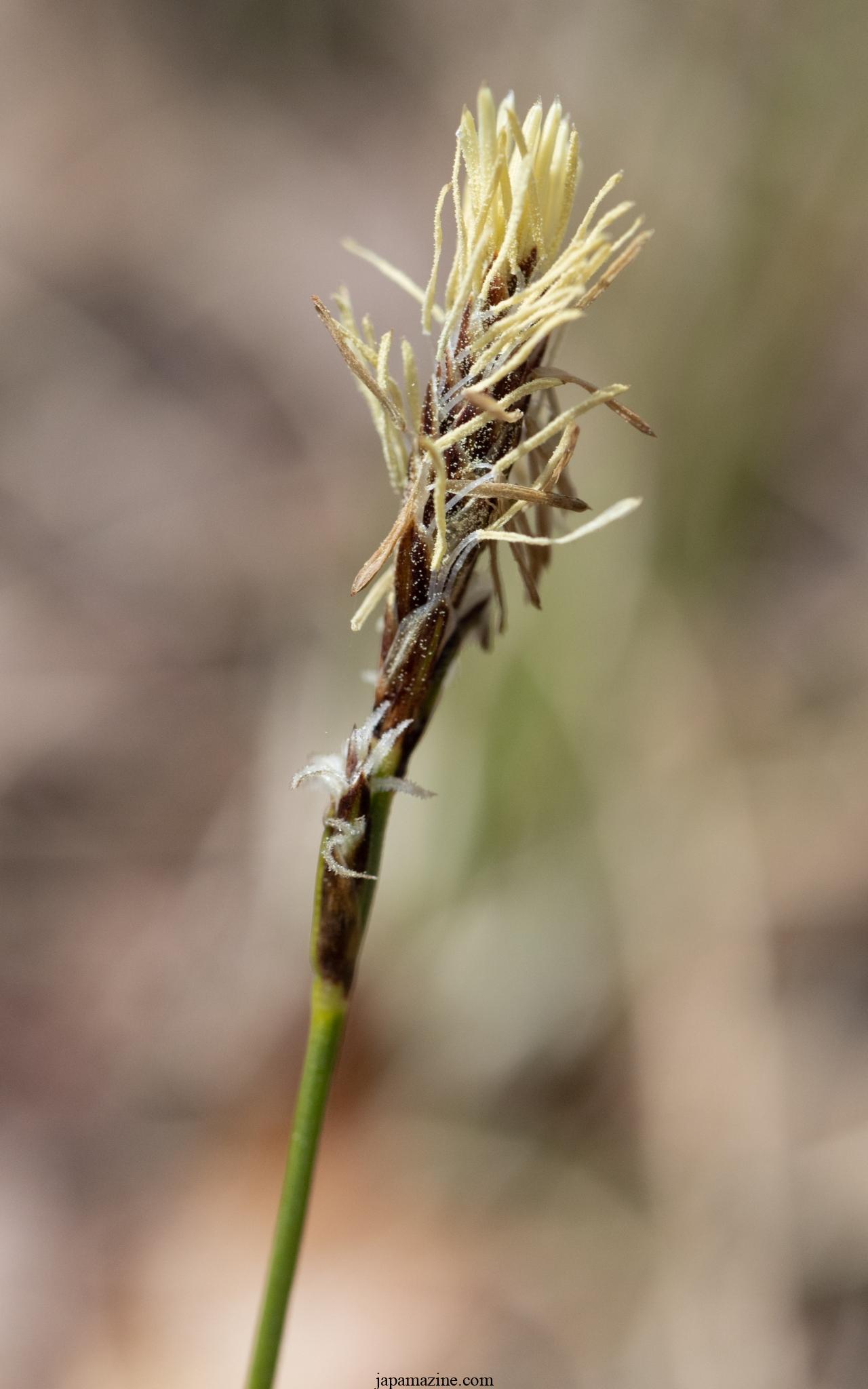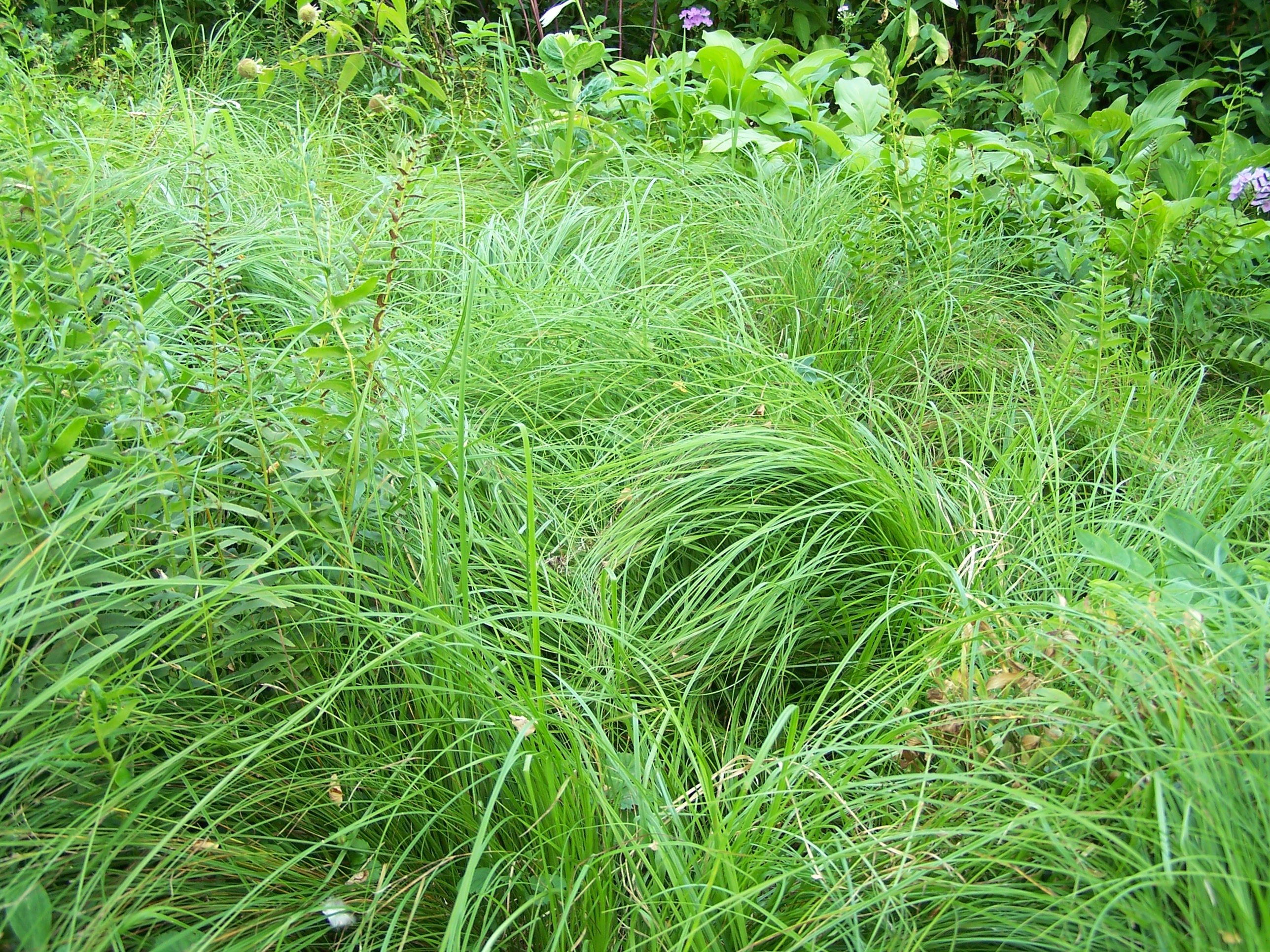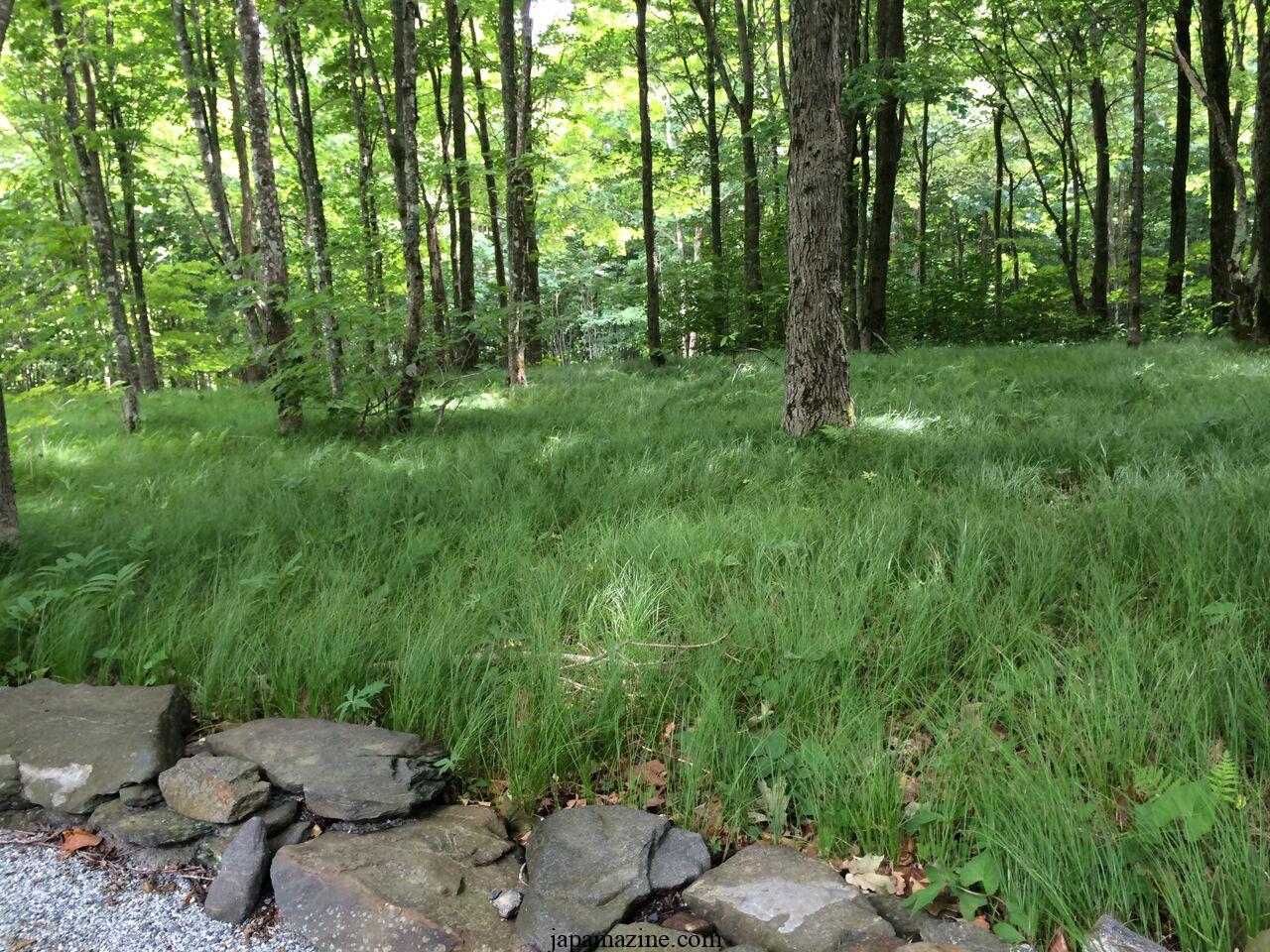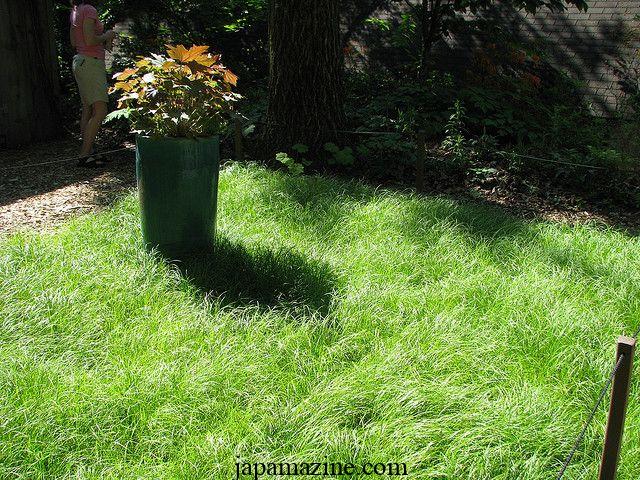
Growing Pennsylvania sedge (Carex pensylvanica) in a garden or as a lawn alternative
Growing Pennsylvania Sedge (Carex pensylvanica) in Your Garden: A Lush Lawn Alternative In this comprehensive guide, we delve into the world of Pennsylvania sedge, also known as Carex pensylvanica, and explore how you can cultivate this graceful, native grass in your garden. As landscaping trends evolve and environmental consciousness grows, many homeowners are seeking sustainable […]
Growing Pennsylvania Sedge (Carex pensylvanica) in Your Garden: A Lush Lawn Alternative
In this comprehensive guide, we delve into the world of Pennsylvania sedge, also known as Carex pensylvanica, and explore how you can cultivate this graceful, native grass in your garden. As landscaping trends evolve and environmental consciousness grows, many homeowners are seeking sustainable and visually appealing alternatives to traditional lawns. Pennsylvania sedge fits the bill perfectly, offering a carpet of lush, emerald-green foliage while requiring minimal maintenance. In this article, we’ll discuss the benefits of growing Pennsylvania sedge, how to establish and care for it, and why it can be an excellent choice for those looking to create an eco-friendly and visually pleasing landscape.
Why Choose Pennsylvania Sedge?

Pennsylvania sedge, scientifically named Carex pensylvanica, is a native grass species found throughout the eastern United States, making it particularly well-suited to the climate and soils of the region. It has several features that make it an appealing choice for homeowners and garden enthusiasts:
- Low Maintenance: Pennsylvania sedge is incredibly low-maintenance, requiring little mowing or watering once established. This can save you time and resources compared to a traditional lawn.
- Sustainable: It is an ecologically responsible choice as it does not require the excessive use of water, pesticides, or fertilizers that conventional lawns often demand.
- Visually Appealing: The fine, arching foliage of Pennsylvania sedge creates a lush, carpet-like appearance that can be a stunning addition to your landscape. It’s a unique and eye-catching alternative to the typical grass lawn.
- Adaptable: This grass species thrives in a variety of light conditions, from full sun to partial shade, making it suitable for a wide range of garden settings.
- Wildlife-Friendly: Pennsylvania sedge can attract and support local wildlife, such as pollinators and birds, enhancing the biodiversity of your garden.
How to Establish Pennsylvania Sedge in Your Garden

Soil Preparation
Before planting Pennsylvania sedge, you should prepare the soil to ensure optimal growth. Follow these steps:
- Soil Testing: Begin by testing your soil’s pH and nutrient levels. Pennsylvania sedge prefers well-drained soil with a slightly acidic to neutral pH (around 6.0 to 7.0).
- Amendments: If necessary, amend the soil with organic matter like compost to improve its structure and fertility. This will provide a solid foundation for your sedge lawn.
Planting Pennsylvania Sedge
Once your soil is prepared, it’s time to plant your Pennsylvania sedge:
- Choose the Right Time: Plant sedge in the spring or early fall to give it the best chance of establishing itself before extreme weather conditions.
- Spacing: Plant individual plugs or small clumps of Pennsylvania sedge about 6 to 12 inches apart, depending on your preference for coverage.
- Watering: After planting, give your sedge a thorough watering to help it settle into its new home.
Care and Maintenance
Maintaining your Pennsylvania sedge lawn is a breeze:
- Mowing: Unlike traditional grass lawns, Pennsylvania sedge doesn’t require frequent mowing. An occasional trim in late winter or early spring is sufficient to keep it looking tidy.
- Watering: Once established, this sedge is quite drought-tolerant. Watering may only be necessary during prolonged dry spells.
- Weeding: Keep an eye out for weeds and remove them as needed to prevent competition for resources.
- Fertilization: Generally, Pennsylvania sedge doesn’t need much fertilization. However, you can apply a slow-release, low-nitrogen fertilizer if growth appears stunted.
Pennsylvania Sedge: A Versatile Landscape Solution

Lawns
Pennsylvania sedge makes for a stunning lawn alternative. Its soft, swaying foliage creates an inviting atmosphere while requiring much less upkeep than traditional grass lawns. This grass is an excellent choice for homeowners who want a beautiful, eco-friendly lawn with minimal effort.
Ground Cover
Consider using Pennsylvania sedge as a ground cover in your garden. Its lush growth can help suppress weeds, prevent soil erosion, and add a touch of natural beauty to your landscape.
Rain Gardens
For homeowners interested in sustainable landscaping, Pennsylvania sedge is an ideal choice for rain gardens. Its ability to absorb excess water and thrive in moist conditions makes it a perfect fit for this purpose.
Rock Gardens
Incorporate Pennsylvania sedge into your rock garden design to soften the edges and create a more natural, organic look. The contrast between the fine foliage and rugged rocks can be visually striking.
Woodland Gardens
If you have a shaded area in your garden, Pennsylvania sedge can thrive under the canopy of trees. Its adaptability to partial shade makes it an excellent choice for woodland gardens.
Frequently Asked Questions (FAQ)

Q1: Is Pennsylvania sedge invasive?
A1: No, Pennsylvania sedge is not invasive. It grows in clumps and does not aggressively spread, making it a well-behaved addition to your landscape.
Q2: Can I walk on Pennsylvania sedge like I do on a traditional lawn?
A2: While Pennsylvania sedge can withstand some foot traffic, it’s best to avoid heavy use. It’s perfect for creating paths or borders but may not be as resilient as traditional grass when it comes to heavy wear and tear.
Q3: How do I control weeds in my Pennsylvania sedge lawn?
A3: Regularly inspect your sedge lawn for weeds and remove them by hand. Maintaining healthy sedge growth will also help suppress weed competition.
Q4: Can I grow Pennsylvania sedge from seed?
A4: While it is possible to grow Pennsylvania sedge from seed, it’s often more practical to establish it using plugs or clumps, especially if you want a quicker and more reliable result.
In conclusion, Pennsylvania sedge (Carex pensylvanica) is an exceptional choice for those seeking a sustainable, low-maintenance, and visually appealing alternative to traditional lawns. Its adaptability and ease of care make it an excellent addition to any garden, whether you’re looking for a beautiful lawn or an eco-friendly ground cover. By following the guidelines in this article, you can successfully establish and maintain a thriving Pennsylvania sedge garden that not only enhances your landscape but also benefits the environment.
tag
- chicken feed
- how to Keep Chickens Off Your Porch
- How to grow oyster mushrooms at home
- Growing Kale in Pots








